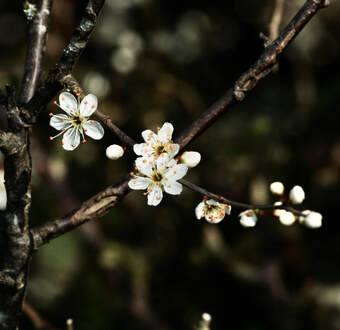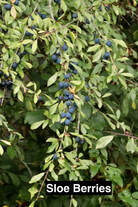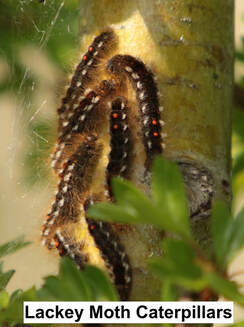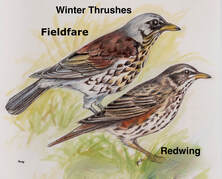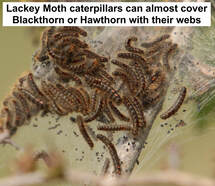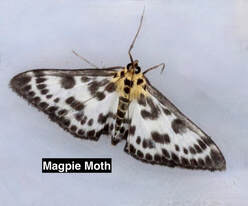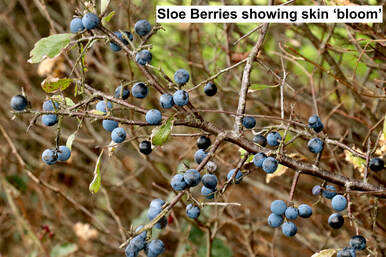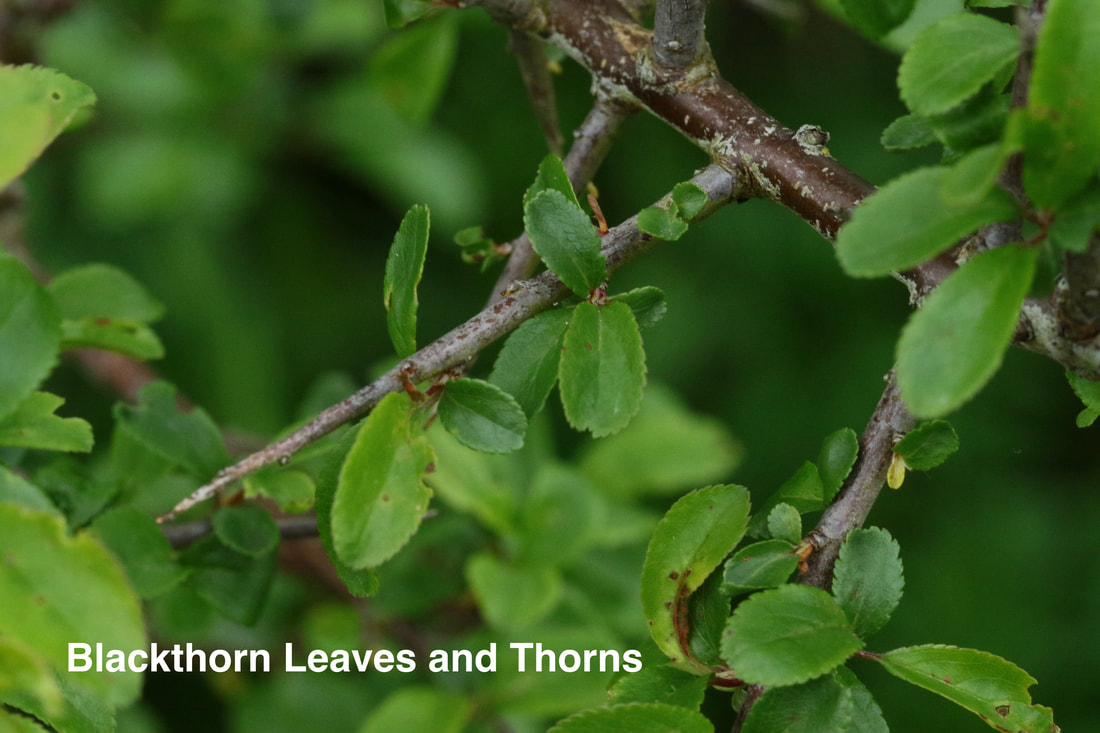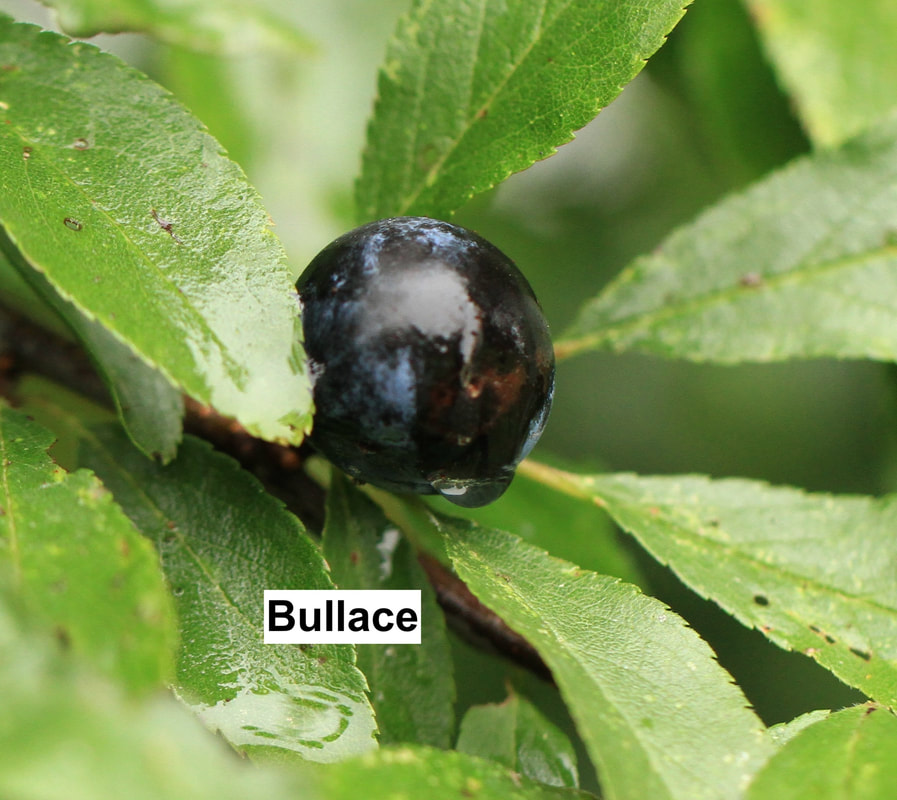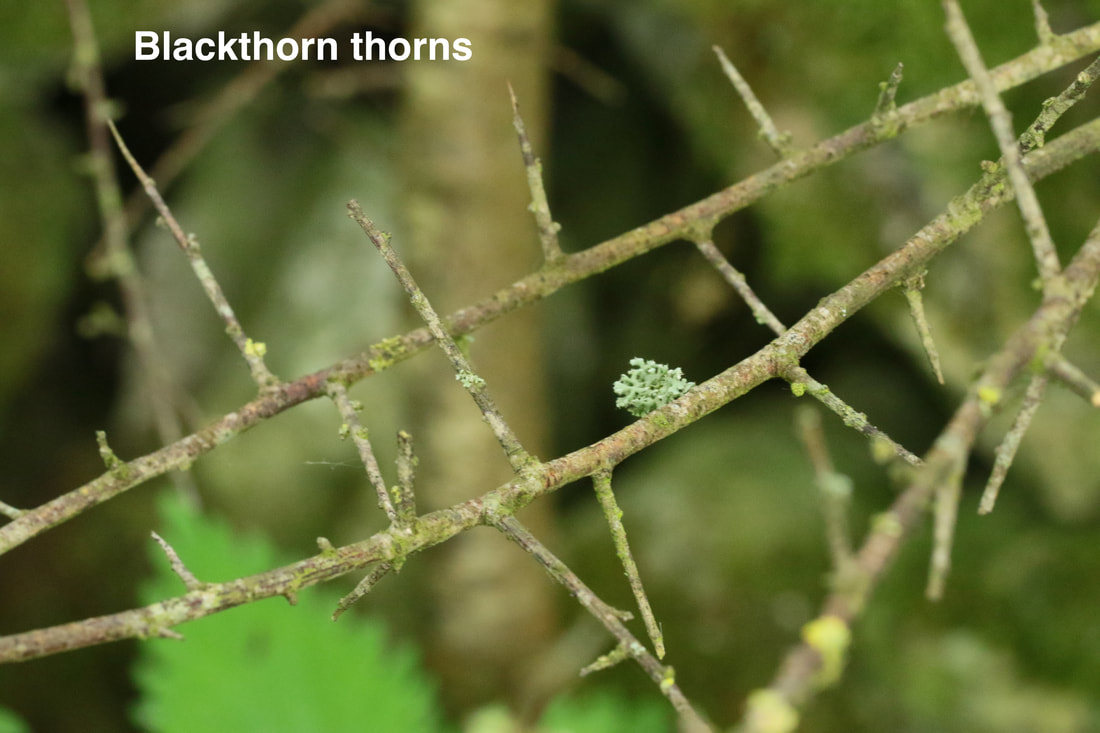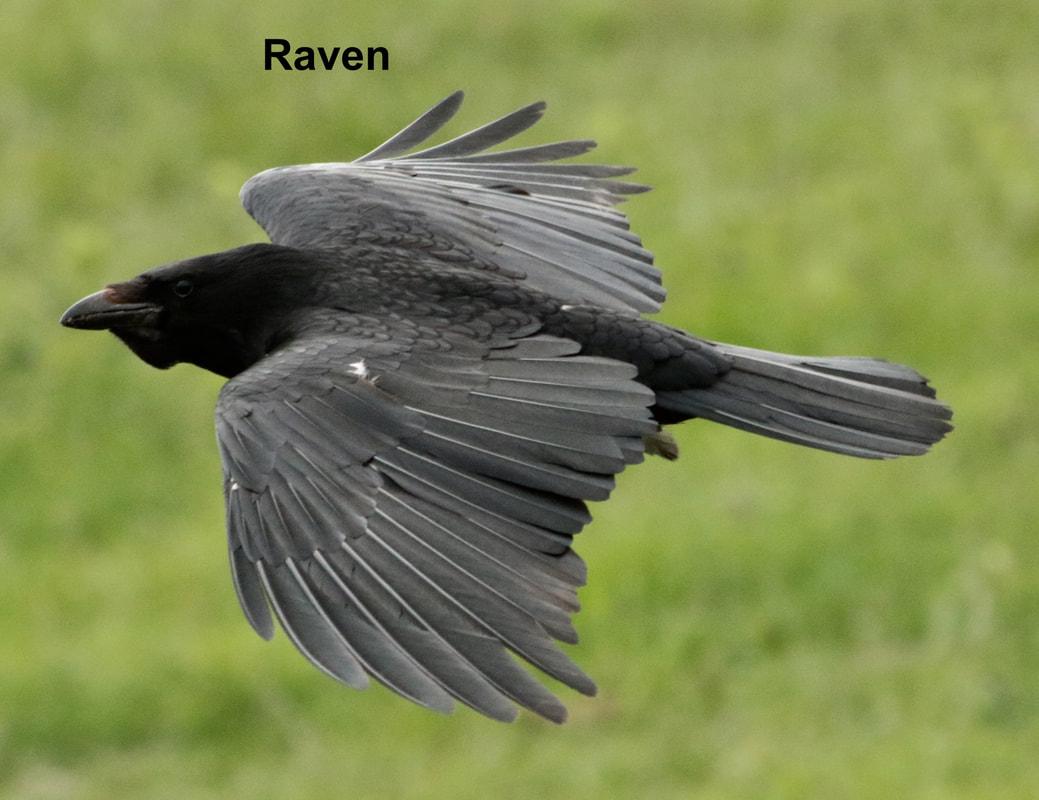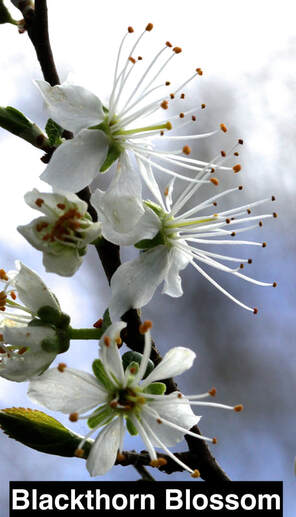|
Each month we will be featuring a species of tree found on Parkwood Springs. Visit our tree of the month page for further details here. This month we will be highlighting Blackthorn (Sloe). The Blackthorn grows to a height of 6-7 metres and can live for 100 years. It has a dense growth and naturally suckers to produce thickets which, together with its long, strong thorns, make it a safe nesting and roosting site for many small birds and mammals, including the nationally threatened Nightingale and Turtle Dove. The same properties make it a valuable hedging plant.
0 Comments
Leave a Reply. |
|
About us |
Resources |
|


